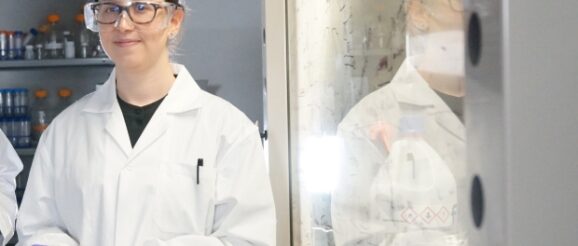Fostering creativity and innovation in a remote work environment | Newsday

Figuring out ways to foster creativity and collaboration in a remote work environment can be challenging.
In fact, a recent survey by Lucid, a visual collaboration software provider, found nearly one in four workers saying creativity has suffered since working from home.
Still, just because employees are separated by distance doesn’t mean creativity and innovation have to suffer. “Being remote doesn’t have to kill creativity,” says Scott Anthony, senior partner at Innosight, a Lexington, Massachusetts-based growth strategy and innovation consulting firm. “In fact, you can boost it if organizations act in the right way.”
He says technology can certainly help bridge the distance, but it’s “more about how we execute and design the time we spend together.”
For instance, an abundance of scheduled meetings doesn’t necessarily spark innovation.
Instead, Anthony stresses the importance of “individual deep work,” where individuals are given the time and flexibility to dive deep into an issue or creative project on their own. So maybe each team member would have a week to formulate their best ideas and bring it back to the team, Anthony says.
As part of that, they may solicit input from current or prospective customers or see what other solutions are out there, he says.
The latest LI business news in your inbox Monday through Friday.
By clicking Sign up, you agree to our privacy policy.
At Morey Creative Studios, a Syosset-based digital marketing agency, where employees for the most part have been working remotely since March due to COVID, it’s not uncommon for employees to “go dark” for a period of the day, CEO Jed Morey says.
They might alert the team they’re not going to be on communication channels for a specific time while they’re “in the weeds on a project,” he says, noting they use tools like Slack and Asana to collaborate on projects in addition to weekly Zoom meetings.
Employees also are allowed to take “Dip Out Days,” about half a dozen for the summer and for 2021 one per quarter on top of Paid Time Off where they can choose not to be disturbed because they’re working on something or just need a mental health day, Morey says.
“I think this time has actually been a creative boon for us,” he says. “People are taking time to stretch and learn new things.”
There also are multiple collaboration tools that can be utilized including virtual whiteboards that providers like Lucid offer, as well as other popular options like Slack and Zoom.
Aaron Foss, founder of Mount Sinai-based Nomorobo, a robocall blocking service, says he prefers emails and Zoom when collaborating with staff. He feels Slack messages often pull people away because they feel the need to instantly react to it.
Foss says being remote hasn’t stifled creativity at Nomorobo, which has been 100% remote since it was founded in 2013. For one, he’s not bound to talent within one geographic area, but pulls in developers from places like Canada, Austin and the San Francisco Bay Area.
“You get a lot of different views on things,” says Foss. “It’s not just the group think of everyone around the same white board or water cooler.”
Still, in order for creativity to translate into innovation, “you have to really trust your team, do what you can to ensure they trust each other and encourage and nurture your team in a way that helps them be open to new ideas,” says Karen Sobel Lojeski, founder and CEO of Port Jefferson-based Virtual Distance International, an executive advisory, coaching and consulting firm specializing in virtual and remote work.
Employees need to be able to “take the risk of revealing their own thought processes and not feel as though they’ll get criticized for that,” she says.
Leaders also need to manage the virtual distance (a psychological, social and emotional sense of detachment and isolation) and restore some of the “natural and shared context” that normally occurs in person, Lojeski says.
One way to put this into action as a leader is to start exposing a little more about your personal life and how you “feel” about things, she says.
This bridges some of the gap of virtual distance and invites others to do the same making things more “alive and three-dimensional,” she says.
“We have to create new types of shared experiences that make a meaningful and lasting impression on us over time,” Lojeski says.
Fast Fact:
Of remote workers who felt less creative while working from home, 46% cited less face time with their team as a reason, 44% said they felt like they were working in a bubble and didn’t know what their colleagues were doing, and 40% said it was harder to collaborate with their team on calls.
Source: Survey by Lucid; for full results, nwsdy.li/creativity
